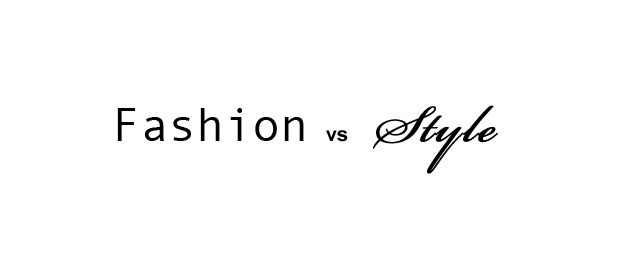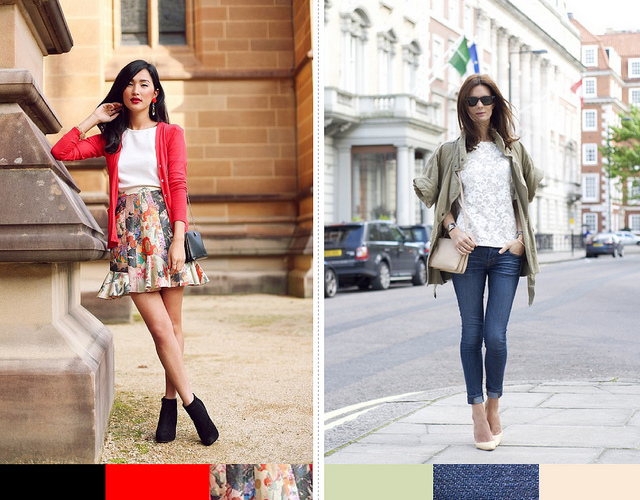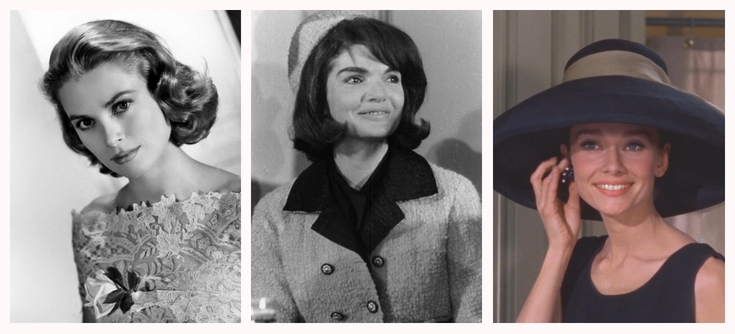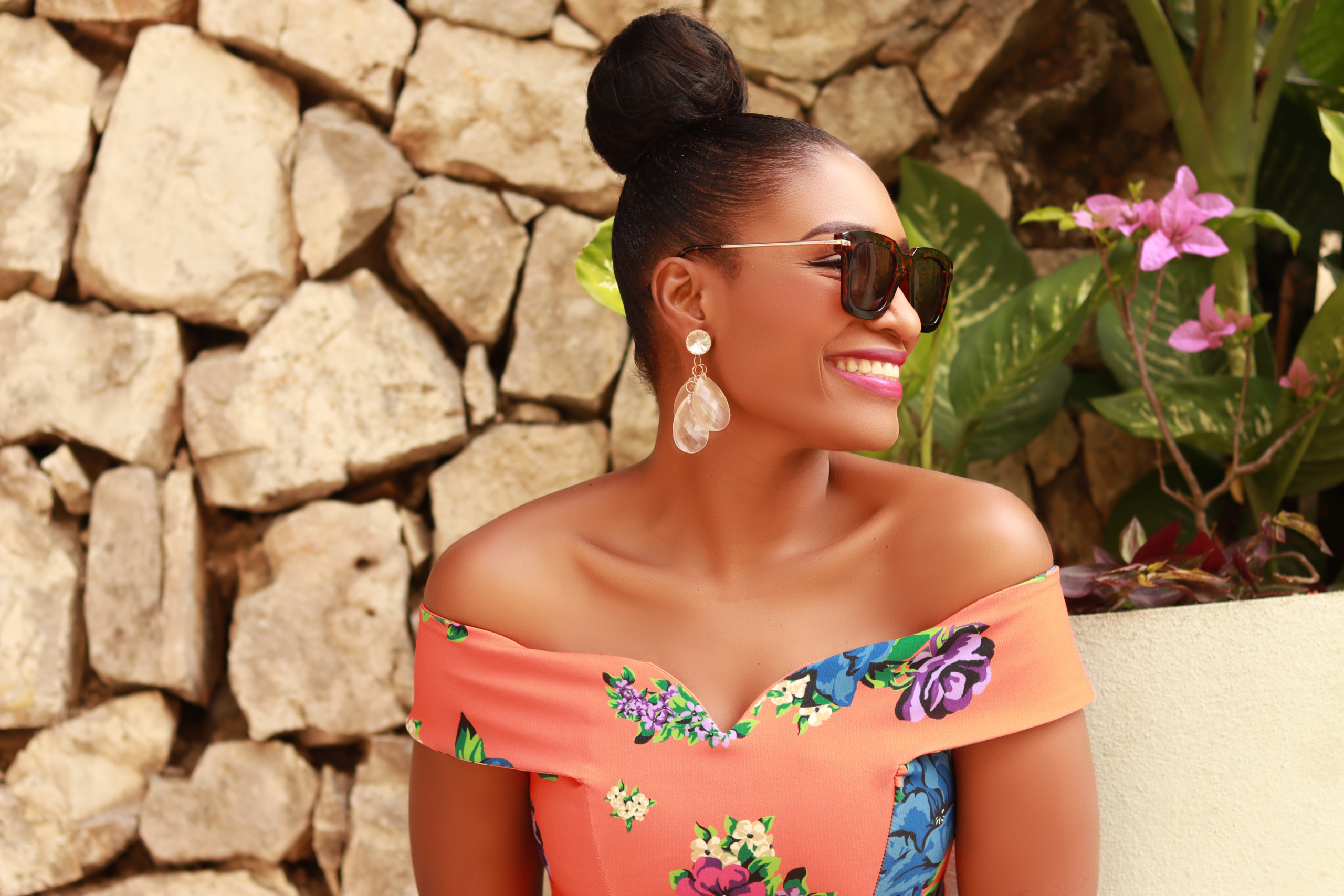Fashion vs. Style: Understanding the Difference and Mastering Both
Design and style are two terms frequently utilized conversely, yet they address unmistakable ideas in the realm of individual articulation. Understanding the distinction among design and style is critical for fostering your special character in the realm of attire and frill. We should dive into the meanings of design and style and investigate how you can dominate both.
Design: A Variable Pattern
Design alludes to the common patterns and styles inside the dress and frill industry at a specific moment. It is consistently developing, impacted by creators, famous people, and social movements. Design is in many cases seen on the runways, in style magazines, and via virtual entertainment stages.
While design is dynamic and energizing, it has its constraints. It can now and then be transitory, with patterns going back and forth rapidly. What’s “in” today might be “out” tomorrow, prompting a consistent pattern of commercialization and pattern pursuing. Design can likewise be selective, with specific styles and brands related with exorbitant cost labels, making it unavailable to many.
Style: Your Own Mark
Then again, style is a profoundly private articulation of one’s self through clothing, embellishments, and preparing decisions. It rises above patterns and time, addressing a reliable and particular approach to introducing oneself to the world. Style is an expansion of your character, values, and tastes.
Style permits you to organize a closet that reflects what your identity is and the way in which you need to be seen. It’s tied in with finding what causes you to feel certain, good, and valid. Dissimilar to form, which is outside and forced, style is interior not entirely set in stone.
Dominating Design and Style: Finding Some kind of harmony
To dominate both design and style, it’s crucial for find some kind of harmony between remaining current with patterns and remaining consistent with your extraordinary style. Here are a few hints to assist you with accomplishing this equilibrium:
Grasp Your Body and Inclinations: Begin by understanding your body type, what varieties compliment you, and the outlines that cause you to feel certain. Realizing your inclinations is the underpinning of your own style.
Fabricate a Flexible Closet: Put resources into immortal pieces that can be blended and coordinated with trendier things. This guarantees that you have a strong groundwork while remaining open to style.
Explore different avenues regarding Patterns: Make sure to explore different avenues regarding style that impact you. Integrate them into your style such that feels genuine.
Higher expectations without compromise: Put resources into excellent pieces that will endure for the long haul. Quality things last longer as well as add to a manageable way to deal with style.
Express Your Independence: Use dress and extras as a type of self-articulation. Feel free to defy design guidelines and make your exceptional blends.
Take Motivation: Draw motivation from style symbols, as referenced in the past article. Seek the over a significant time span for thoughts on the best way to integrate new components into your style.
Certainty is Critical: Paying little mind to what you wear, certainty is the most alluring frill. Embrace your style with certainty, and it will radiate through.
Develop with Time: Style isn’t static. It can develop as you develop and change. Embrace this advancement and adjust your style to mirror your ongoing self.
All in all, design and style are entwined at this point unmistakable parts of self-articulation. While design addresses the consistently changing patterns in the business, style is a profoundly private and immortal articulation of what your identity is. By understanding the distinction and finding a harmony between the two, you can excel at both design and style, making a closet that is both current and particularly you.





